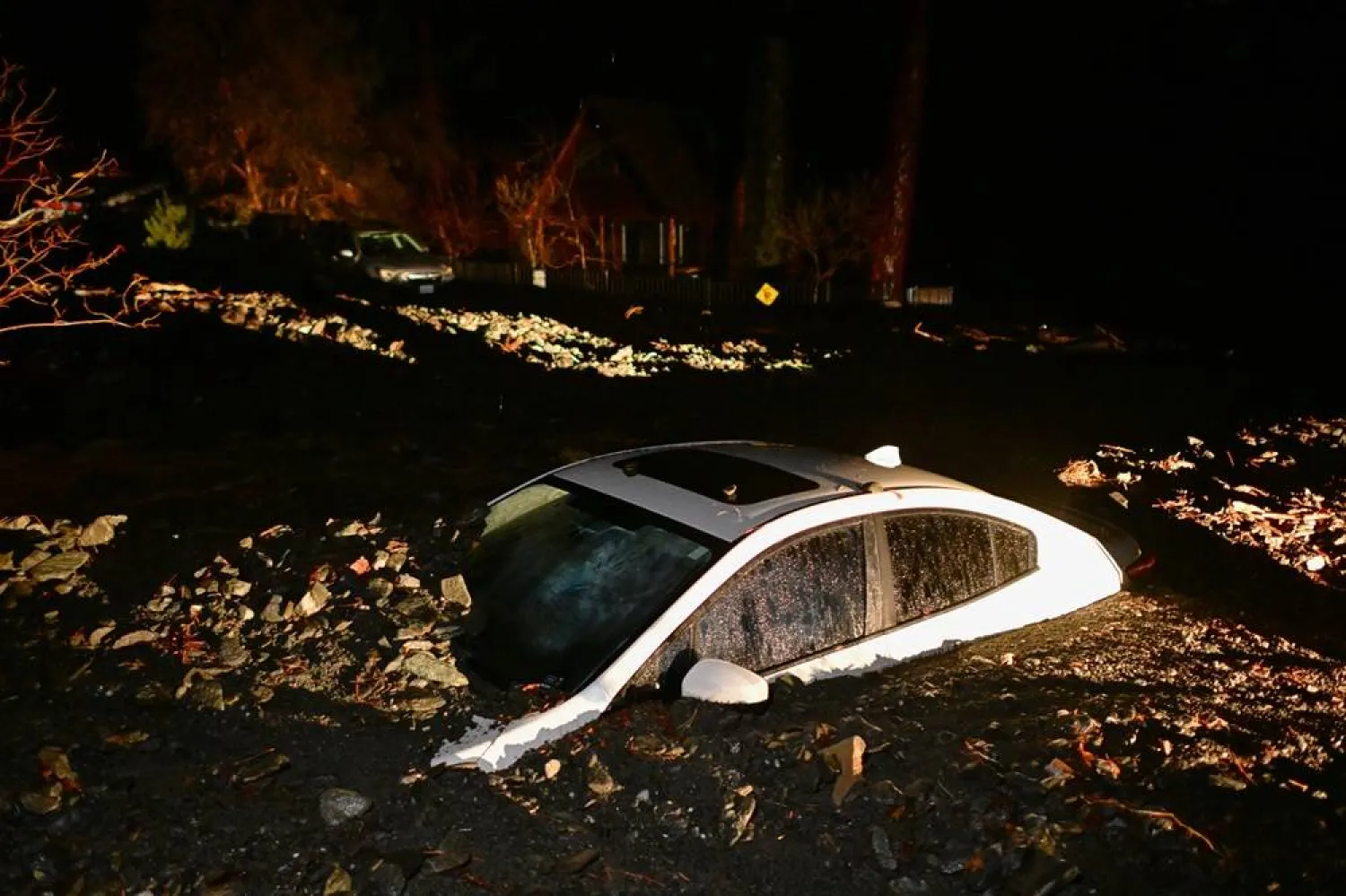A manuscript of The Little Prince was displayed in France for the first time at an exhibition exploring the works of legendary author and pilot Antoine de Saint-Exupery, revealing a lot about his imagination, AFP reported.
Running until June 26 at the Museum of Decorative Arts, "Meeting the Little Prince" allows its visitors to take a closer look at the hand-written version of the world-known book written in 1942, in New York, in a city near Long Island.
When Saint-Exupery left the United States in April 1943, to fight in North Africa, he gave the manuscript to his mistress, journalist Sylvia Hamilton, who sold it to the Morgan Library and Museum in 1968.
The New Yorker Library lent Paris some valuable papers from the novel, including the original watercolors of the Little Prince's asteroid, the cover, and a page featuring the hero wearing his trademark long coat with red lapels.
Saint-Exupery disappeared during a mission over the Mediterranean in July 1944, never to know of the worldwide success of his book.
The novelist defined the features of his character and embodied it. Later in his life, when the book was published in the US (in English and French versions), “The Little Prince’s character and the writer reached a state of merge,” said Anne Monier Vanryb, curator of the Paris Museum of Decorative Arts.
The exhibition highlights the inspiration behind The Little Prince, starting from the childhood of the writer and a letter he sent to Consuelo, the woman he married in 1930, describing a “child who discovered a treasure” and “became sad,” and ending with the challenges that shaped the personality of the hero.
Saint-Exupery made radical choices to finalize his philosophic story. To reach the best version, he omitted details and characters like a snail, a butterfly hunter, and an old couple who kicked him out from their house.
"There is always mystery around this work. Any single sheet brings up some enigma. We never stopped exploring these enigmas," said curator Alban Cerisier.
A Swiss association also lent one paper from the original story to the Parisian museum in which the writer says he doesn’t know how to draw an airplane, but it hasn’t been displayed.
Saint-Exupery rewrote the book’s events, and then wrote about the plane crash in the Libyan desert in 1935. He recalled a bottle of water and a piece of the plane, which was reflected in the Little Prince’s request: “Please, draw me a sheep.” The story of the little boy who took a trip to the stars hides another mysterious story symbolizing a miserable exile.
University instructor Alain Vircondelet believes “the writer lived in misery and desperation. This spoiled child grew up to become an emotional, unhappy adult who didn’t manage to live a stable life and build relationships.”









